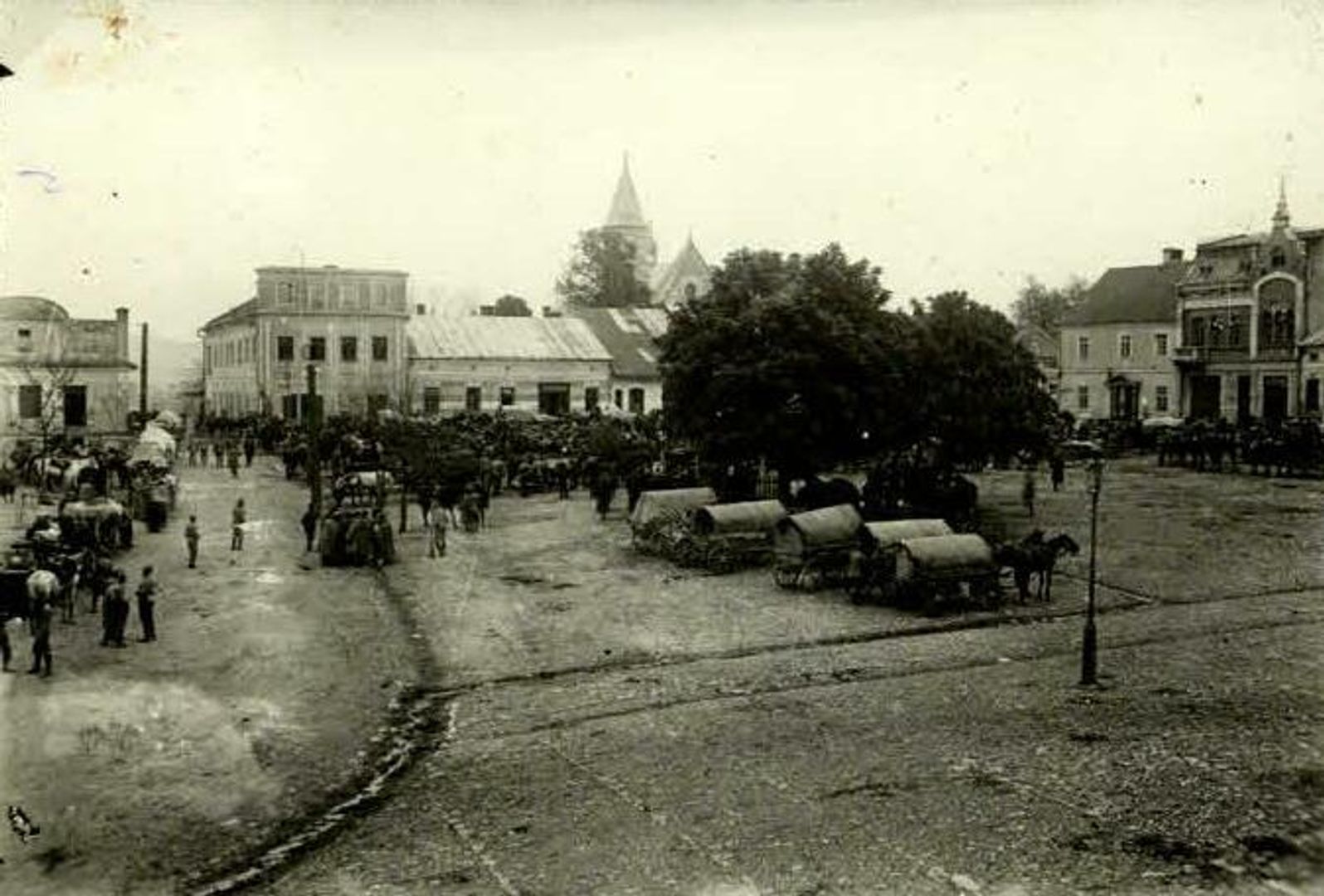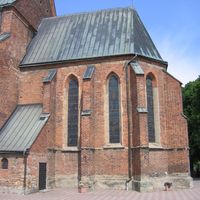Pilzno
6.98

Overview
Pilzno is a town located in the Podkarpackie Voivodeship, in Dębica County, on the Wisłoka River. Its history dates back to the times of the Benedictines from Tyniec, and in 1354 it was granted town rights under Magdeburg Law. The town developed as an important administrative and economic center in the medieval Sandomierz Voivodeship, but its significance gradually declined due to invasions, fires, and the lack of a railway connection. Pilzno is characterized by its interesting geographical location at the border of the Sandomierz Basin and the Central Beskid Foothills, where important national roads intersect. The terrain is diverse, with river valleys and rolling uplands, and the Wisłoka River and Dulcza Stream flow through the eastern part of the town. The climate is moderately humid, which favors vegetation. Pilzno boasts numerous historical monuments, including the Renaissance Church of St. John the Baptist and the Carmelite monastery complex. The town has a rich cultural tradition; it is home to a Cultural Center as well as a doll museum that promotes local craftsmanship. Pilzno has various educational institutions, and its history is closely tied to Jewish settlement, which began as early as the 16th century. In the 19th century, Pilzno underwent significant changes and played an important role in the life of the local community. Although the town faced challenges such as military marches and wartime destruction, its population continued to grow. Pilzno is also an important tourist destination, thanks to its proximity to larger cities and its attractive natural environment. Among local cultural events, traditional festivals and fairs stand out, and residents cherish local culinary traditions, such as the production of various meat delicacies. Pilzno also has partner towns, including Gyomaendrőd in Hungary.
Location
You can also find here:
2025 Wizytor | All Rights Reserved
